How can I get grass to grow under a tree?

Every spring we get a variation of this question, “How can I get grass to grow under a tree?” and the short answer is, “you don’t”. The longer answer is, “What are your priorities? A uniform lawn or a healthy tree providing shade to your home?”
Growing grass in shaded areas like under a tree is a challenge due to most grasses having opposing needs of trees. Have you noticed that in nature there are grassy areas, and wooded areas. Forests don’t have a carpet of grass under their shade because they do not come from the same natural environment.
However in our urban landscape we have come to believe that trees and grass coexist with the same needs. They don’t, but with the right approach and techniques, you can cultivate a healthy thriving landscape.
Sunlight and Photosynthesis
Different grass types require various levels of sunlight, so knowing this helps you pick the right grass variant for the level of shade your tree provides.
Understanding the shade levels is crucial because sunlight availability directly impacts photosynthesis, the process by which your grass generates food. Areas under dense canopies, like those of oak trees, often present more challenges for grass growth than those with lighter foliage. For example, you might find that deciduous trees, which shed their leaves, allow more sunlight to penetrate during certain times of the year, providing a seasonal window to support grass growth under an oak tree.
Observation throughout different parts of the day is recommended. Early mornings or late afternoons might reveal patches where sunlight makes temporary visits, cues that inform your grass planting strategy.This is also why we do not recommend removing more than 25% of living canopy per year of a trees canopy; they too use their leaves to photosynthesize to produce food. If too much is removed they will starve.
Choose the Right Groundcover
Some grass species thrive better in shaded areas than others. Opt for shade-tolerant native grass species. Local plant store, Native Gardeners sells a variety of options that will do well in shade. They highly recommend, Webberville Sedge.
Prepare the Soil Properly
Healthy soil is the foundation for anything to grow well. Consider amending the soil with compost to enrich it with nutrients, aerating the soil to enhance water retention and root penetration.
Manage Water and Irrigation
Summers here in North Texas are hot and dry, and that’s not going to improve. Native grasses and groundcovers that have evolved or been bred to complement the needs of trees are a better choice to reduce water usage.
Lawn sprinklers and irrigation systems provide enough water for grass, but are not able to properly water trees.

At Texas Tree Surgeons we love trees which means we will always prioritize the health of your tree over maintaining a uniform lawn. Remember, working with nature rather than against it is key to successful gardening and a healthy yard.
Related Blogs
Similar blogs related to this topic


The Benefits of Air Spading for Tree Care in North Texas
Urban trees require more care to maintain health than trees in a forest. They face multiple stressors which together create a cycle of decline for the tree. By changing or alleviating a single stress to…
Read more
How Often Should You Trim Your Trees?
Tree trimming is a crucial part of maintaining a healthy, safe, and beautiful yard. But how often should you really be trimming your trees? We’ll explore the ideal trimming schedule for your trees and why…
Read more

What Should I Do If My Live Oak Has Aphids?
Aphids are attracted to many different species of trees, but are most commonly seen in North Texas on crape myrtles, pecans, hackberries, and live oaks. Aphid infections typically occur on trees that are already stressed…
Read more
